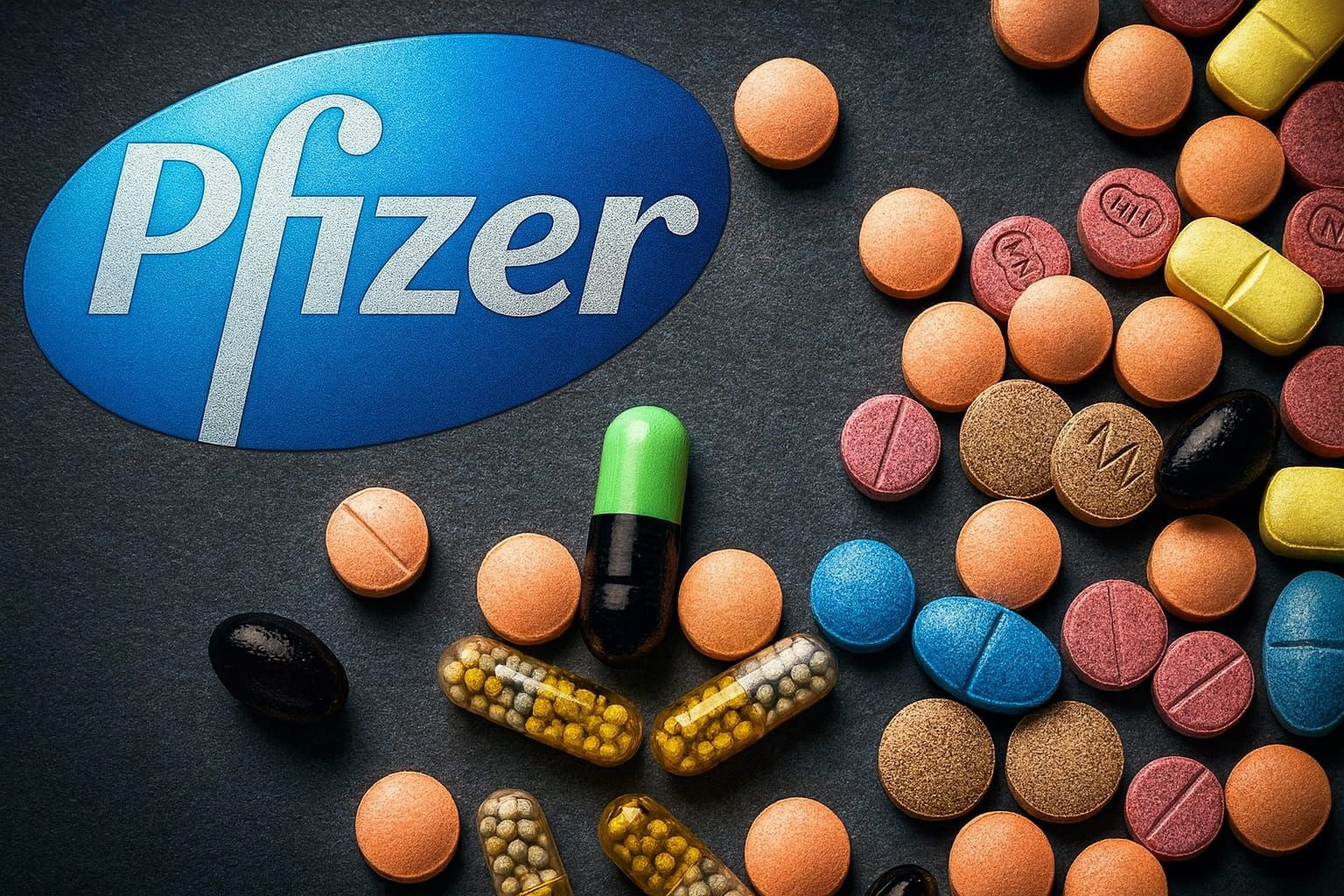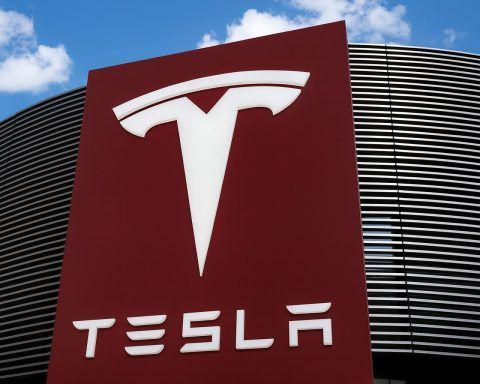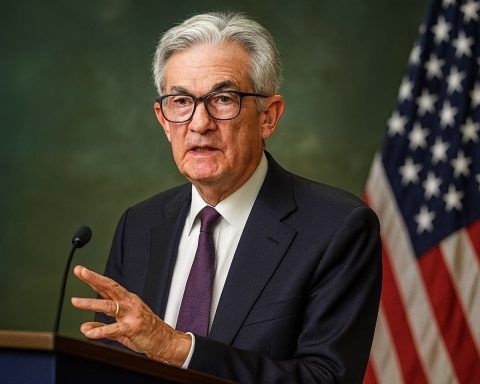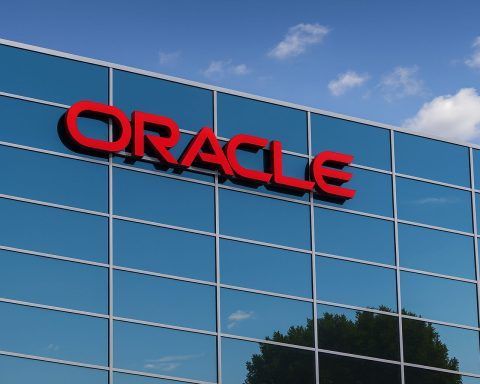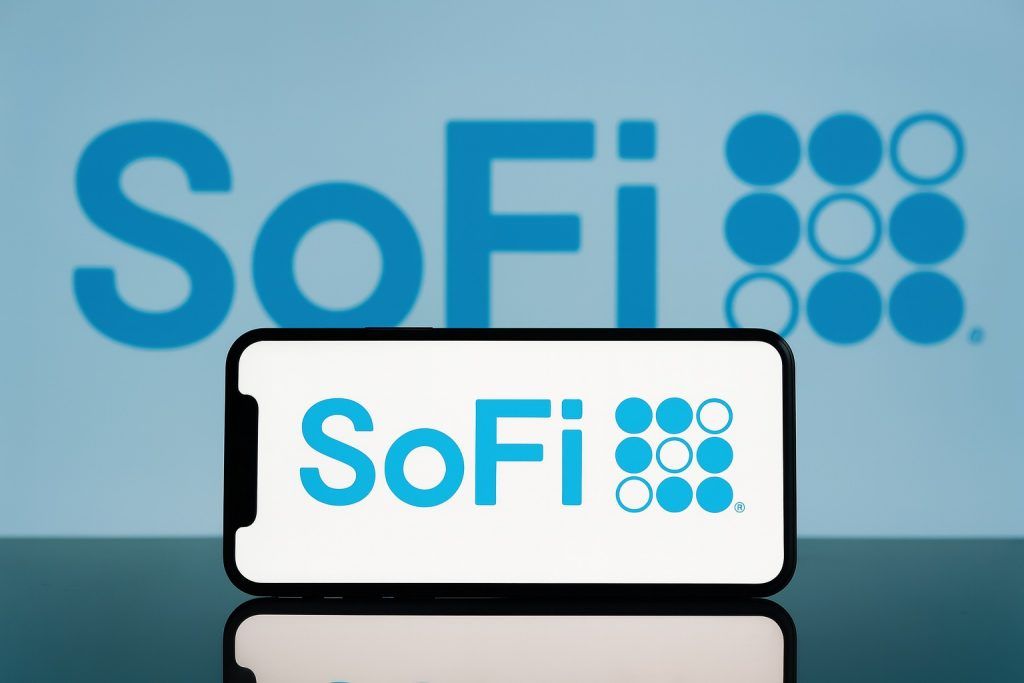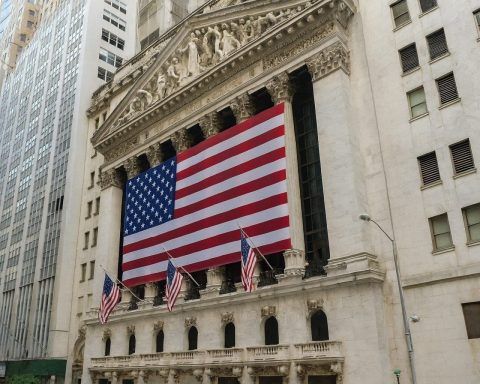- Price: Around $24.2 per share (Oct. 30, 2025) [1] – roughly flat for the week as of this report. PFE traded near the low end of its 52-week range ($20.92–$29.17) [2].
- Recent Rally: Late Sept rally – Pfizer stock jumped ~15% in the last week of September (from ~$23.6 on Sept. 25 to ~$27.2 by Oct. 1) [3]. This surge was driven by two major catalysts (see below). By Oct. 27 the stock had stabilized near ~$24.7 [4], holding most of its gains above its late-September low.
- Trump Pricing Deal: On Sept. 30, Pfizer agreed to cut Medicaid drug prices to match rates in other wealthy countries, in exchange for a tariff reprieve. The stock immediately spiked ~6% on the news [5]. Analysts praised the pact – Gabelli’s Daniel Barasa called it “a highly favorable outcome for the industry” with only “relatively minimal” downside to drugmakers [6]. Wall Street sees the deal as a “win-win” that removes major policy risk [7].
- Obesity Acquisition: Pfizer is investing heavily in weight-loss drugs. In Sept. 2025 it struck a deal to acquire Metsera Inc. (a biotech developing GLP-1 obesity treatments) for up to $7.3 billion [8]. On Oct. 30, rival Novo Nordisk countered with an $8.5B–$9B bid for Metsera [9], calling it “superior.” Pfizer blasted the bid as “reckless” and pledged to defend its agreement [10]. This bidding war highlights how lucrative the obesity market is – Reuters projects the global obesity drug market could hit $150 billion by the early 2030s [11].
- Earnings Outlook: Q3 2025 results are due Nov. 4. Analysts expect earnings per share around $0.68 (down ~36% YoY) on about $16.8B revenue [12]. (Earnings plunged last year as Covid vaccine and Paxlovid sales fell.) Investors will watch for whether Pfizer meets guidance of $61–64 B in 2025 sales (unchanged from prior) and if any policy or pipeline updates emerge.
- Analyst Sentiment: Wall Street sentiment is cautiously neutral. The consensus rating is “Hold” [13]. The average 12-month price target is about $28–30, implying roughly 15–20% upside [14] [15]. Analysts note Pfizer’s low valuation (trading at ~8–9× forward earnings [16], roughly half the pharma average) and its hefty 7% dividend yield [17] – both features that make PFE “look like an obesity bargain” at current levels [18].
Stock Price & Recent Performance
Pfizer’s stock has been rangebound in the low-to-mid $20s for much of 2025. By late September, PFE traded around $23.60 – about 9% below its price a year earlier [19] – as investors grappled with the end of Covid vaccine and treatment revenues. That all changed in early October. In the final trading week of September, Pfizer shares jumped ~15%, rallying from roughly $23.6 (Sept. 25) to about $27.2 by Oct. 1 [20]. This dramatic move was largely driven by two key announcements (see below) and marked one of PFE’s strongest weekly gains in years.
After peaking above $27, PFE retreated slightly. By Oct. 27 it traded around $24.70 [21], effectively consolidating the late-September gains. The stock was roughly flat over the prior week, reflecting a cautious “wait-and-see” mood as investors awaited quarterly results. Notably, even with the pullback, Pfizer remains well above its September lows, and the catalyst-rich news flow has kept a bid under the shares. As one market analyst put it, Pfizer’s recent moves have helped “clear the air” for the entire pharma sector by reducing uncertainty [22] [23].
Recent Major Developments
Trump Administration Drug-Price Pact
A major spark for Pfizer’s turnaround was a high-profile government agreement. On Sept. 30, President Trump announced that Pfizer would cut its U.S. Medicaid drug prices to match rates in other wealthy nations, in exchange for relief from planned 100% import tariffs [24]. This landmark deal – the first between Trump and a drugmaker – immediately eased political overhang. Investors interpreted the concession (about $7B in cuts mostly phased in by 2026) as far less severe than feared, and far less revenue impact than the tariffs would have been. As a result, Pfizer’s stock jumped over 6% on Sept. 30 [25], and a sector-wide rally followed. U.S. and European health indexes saw their biggest one-day gains in years [26], with peers like Merck, Lilly and AbbVie all rising 5–8%.
Analysts and experts applauded the agreement. Daniel Barasa (Gabelli Funds) noted the deal was “a highly favorable outcome for the industry,” since Medicaid already enjoys steep rebates – so “the incremental impact on manufacturers is relatively minimal” [27]. Pfizer CEO Albert Bourla commented that the industry was “trying collectively to find solutions that…make medicines affordable in the U.S. …and…make our industry even more competitive” globally [28]. In other words, Pfizer sacrificed modest revenue to gain certainty: it effectively locked in pricing policy and earned a three-year tariff reprieve. Guggenheim analysts and others said the pact “set up a template” for the whole industry [29], and Janus Henderson’s Lara Castleton described Pfizer’s announcement as “the catalyst for healthcare, freeing up investors to rotate into the beaten-down sector” [30].
Since then, Trump-style pricing deals have proliferated. For example, Amgen struck a Medicaid pricing deal for its cholesterol drug, and AstraZeneca announced a similar partnership with the TrumpRx program [31]. Many analysts (and investors) now expect other large drugmakers to follow suit – AstraZeneca and Eli Lilly in particular – given the political pressure and the apparent industry-wide shift in strategy [32] [33]. In short, by being first to negotiate, Pfizer effectively “cleared the air” on pricing risk [34], removing a major uncertainty and refocusing investors on its core business prospects.
Obesity-Drug Expansion
The second big news was Pfizer’s push into weight-loss drugs. On Sept. 22, Pfizer agreed to acquire Metsera, Inc. (NASDAQ: MTSR), a private biotech with next-generation obesity candidates, for up to $7.3 billion ( $4.9B upfront plus up to $2.4B in milestones) [35]. This bold deal puts Pfizer squarely in competition with obesity leaders Novo Nordisk and Eli Lilly – whose GLP-1 drugs (like Wegovy and Zepbound) are selling at blockbuster rates. Metsera’s lead drug showed ~14% weight loss in trials (comparable to Lilly’s products) [36], and analysts at Leerink project Metsera’s obesity portfolio could hit $5+ billion in peak annual sales [37] [38].
The market’s reaction came in late October. On Oct. 30, Novo Nordisk launched a rival bid for Metsera, offering up to $8.5B ($6B upfront plus CVRs) – valuing the deal at about $9B total [39]. Metsera’s board called Novo’s unsolicited offer “superior,” and Pfizer quickly labeled it “reckless” [40]. In effect, two of the world’s largest drugmakers are now in a bidding war for Metsera. This fracas underscores how lucrative the obesity market has become: Reuters reports the global obesity drug market could reach about $150 billion by the early 2030s [41]. As one fund manager quipped, Pfizer offers a “cheap way” into these fast-growing markets without paying the sky-high valuations of pure obesity stocks [42]. For now, Pfizer’s own shares held steady on the news [43], but the situation bears watching: a higher bid or alternative outcome could become a material catalyst (or risk) for PFE.
Earnings and Outlook
Pfizer will report Q3 2025 results on November 4. Analysts forecast year-over-year declines as the Covid “revenue cliff” continues. The consensus expects about $0.68–0.70 EPS, down ~35–40% from $1.05 a year ago [44] [45], driven by falling vaccine and antiviral sales. Revenue is predicted around $16.8–17.0 billion, a slight drop from last year (comparable to Zacks’ $16.81B estimate [46]). Notably, analysts have recently trimmed estimates slightly – for example, Leerink Partners cut its Q3 EPS forecast to $0.70 (from $0.80) just before earnings season [47].
Investors will focus on management’s commentary. Key questions: Will Pfizer adjust its 2025 or 2026 guidance? Will the Trump pricing deal or obesity portfolio alter growth expectations? For context, Pfizer raised its full-year EPS outlook back in August to $2.90–3.10 (up from $2.80–3.00) after a strong Q2 [48], reflecting both better-than-expected earnings and cost-cutting gains. The company has reiterated its 2025 sales guidance of $61–64 billion [49] [50]. If Pfizer comfortably meets or exceeds estimates, the stock could rally; a miss, however, may renew skepticism about growth. In any case, with PFE shares around $24, the market appears to be pricing in a “show-me” outcome where concrete results (especially progress on new drugs or clear recovery in core sales) are needed to justify higher valuations.
Analyst Sentiment
Wall Street’s current take on Pfizer is cautiously neutral. Based on recent data, the consensus rating is “Hold” [51]. Among analysts, there are some bullish views but also many on the sidelines: roughly 8 Buys, 15 Holds and 1 Sell, per MarketBeat and Directorstalk data [52] [53]. Importantly, average 12-month price targets center around $28–30 [54] [55]. That suggests analysts see roughly 15–20% upside from here if Pfizer executes well. Indeed, Pfizer’s low valuation (around 8× forward earnings [56]) has led some to label the stock undervalued or a “value play.” For example, discounted cash-flow models by Simply Wall St. put fair value well above current levels [57].
At the same time, many analysts are wary of the headwinds: looming patent expiries (e.g. heart drug Eliquis facing generics) and any renewed pricing pressure remain unresolved. For now, consensus sentiment is that Pfizer has upside potential but needs to prove it – reflected in the wide range of price targets ($24–$36 [58]). One mitigating factor for investors is Pfizer’s generous dividend. The stock pays a $0.43 quarterly payout (a ~7% yield at current prices) [59]. With a payout ratio around 60%, many view the dividend as safe even if earnings dip. This high yield has attracted income-focused funds amid volatile markets, potentially providing a floor under the share price.
Expert Commentary and Industry Trends
Pfizer’s moves have drawn mixed but generally constructive commentary from experts. On the Trump deal, many analysts agree it was largely positive. Gabelli’s Barasa highlighted the minimal downside impact (see above) [60]. Industry analysts at firms like Guggenheim and William Blair pointed out the regulatory clarity gained – they noted the pact “cut a significant amount of political risk” for Pfizer and its peers [61]. CEO Bourla echoed the sentiment, framing the deals as reducing uncertainty (on tariffs and pricing) so Pfizer can refocus on growth. In a public forum, he stressed balancing U.S. affordability with global competitiveness [62], underscoring management’s messaging on the strategy.
In the obesity space, experts see both opportunity and rivalry. A Reuters interview quotes Markus Manns (Unio Investment) noting that the Metsera acquisition could help Pfizer challenge Lilly’s and Novo’s dominance [63]. David Risinger at Leerink has underlined Metsera’s potential $5B+ sales [64]. Conversely, some caution that buying into this fast-moving field carries risks (e.g. drug pricing reforms or technical setbacks). Novo’s bid itself highlights the competitive stakes: Pfizer’s primary rival is throwing big money to grab Metsera, which some view as evidence of the exploding appetite for obesity therapies.
More broadly, pharma and biotech trends are influencing Pfizer. The obesity/GLP-1 market is one of the hottest sectors – Lilly and Novo have seen massive growth, and now newcomers like Merck and even Roche are investing heavily [65] [66]. Analysts note that a wave of “obesity bargains” has drawn value investors back into big pharma stocks (including Pfizer) because these companies offer exposure to weight-loss drugs without paying sky-high multiples [67] [68]. The pricing deal also has knock-on effects: investors are expecting more U.S. manufacturing investment (to meet Trump’s tariff demands) and a general easing of worst-case regulatory scenarios [69] [70].
In short, Pfizer is at the center of several bullish narratives: a lucrative obesity pipeline, a favorable pricing policy backdrop, and deep cost-cutting that boosts margins. As one analyst put it, Pfizer’s stock is behaving like a “distressed value play” – cheap on traditional metrics, with hope that pipeline and policy catalysts can spark a turnaround [71]. The key will be execution: if upcoming earnings and trial readouts confirm that these strategic bets are paying off, many experts believe PFE could move significantly higher. If not, the stock could remain stuck in its current range (with the dividend providing a floor).
Outlook
Heading into November, the outlook for Pfizer is cautiously optimistic. The recent positive developments have “rekindled investor interest” in a company that spent much of 2025 in the doldrums [72]. Near-term, analysts expect the stock to trade in a tight range as the market waits for Q3 results and any 2026 guidance. A strong beat or upbeat forecast could trigger another leg up (some models see PFE climbing back toward $28–30). Conversely, any surprises to the downside may test the late-$20s support.
Looking beyond earnings, the bigger picture for 2026 is favorable if Pfizer can deliver on its obesity and oncology programs. Many banks project that growth will resume in the mid-to-high single digits by 2026 as new products ramp up. The consensus 12-month target (~$29) implies that Pfizer’s earnings will stabilize and justify some multiple expansion [73]. Some bulls have even higher targets (mid-$30s) tied to potential blockbuster launches. Importantly, even at $30, PFE’s yield would still be around 5–6%, making it attractive if interest rates stop rising.
In summary, Pfizer enters late 2025 with renewed momentum. Its stock may no longer be a multiyear loser in investors’ eyes, but instead a turnaround story or at least a “value trap turned value play.” As one biotech publication noted, “Pfizer helped clear the air for the entire industry” by agreeing to price fixes and big investments [74]. Now the spotlight will be on execution: if Pfizer can convert its obesity gamble and policy advantages into solid sales and earnings, the stock’s recent jump could prove the start of a sustained comeback. Investors will be watching closely as Q3 earnings (Nov 4) and other catalysts unfold.
Sources: Current stock data and market commentary from Reuters, TS2.Tech, Zacks/NASDAQ, MarketBeat, and other financial media [75] [76] [77] [78] [79] [80] [81], among others. These sources provide the latest figures and expert analysis on Pfizer’s stock and industry trends.
References
1. www.reuters.com, 2. ts2.tech, 3. ts2.tech, 4. ts2.tech, 5. ts2.tech, 6. www.reuters.com, 7. ts2.tech, 8. ts2.tech, 9. www.reuters.com, 10. www.reuters.com, 11. www.reuters.com, 12. www.nasdaq.com, 13. ts2.tech, 14. ts2.tech, 15. www.marketbeat.com, 16. ts2.tech, 17. ts2.tech, 18. ts2.tech, 19. ts2.tech, 20. ts2.tech, 21. ts2.tech, 22. www.reuters.com, 23. ts2.tech, 24. ts2.tech, 25. ts2.tech, 26. ts2.tech, 27. www.reuters.com, 28. www.reuters.com, 29. ts2.tech, 30. ts2.tech, 31. ts2.tech, 32. www.reuters.com, 33. ts2.tech, 34. ts2.tech, 35. ts2.tech, 36. ts2.tech, 37. ts2.tech, 38. www.reuters.com, 39. www.reuters.com, 40. www.reuters.com, 41. www.reuters.com, 42. ts2.tech, 43. ts2.tech, 44. www.nasdaq.com, 45. ts2.tech, 46. www.nasdaq.com, 47. www.marketbeat.com, 48. www.reuters.com, 49. www.reuters.com, 50. ts2.tech, 51. ts2.tech, 52. ts2.tech, 53. www.marketbeat.com, 54. ts2.tech, 55. www.marketbeat.com, 56. ts2.tech, 57. ts2.tech, 58. ts2.tech, 59. ts2.tech, 60. www.reuters.com, 61. ts2.tech, 62. www.reuters.com, 63. www.reuters.com, 64. www.reuters.com, 65. www.reuters.com, 66. www.reuters.com, 67. www.reuters.com, 68. ts2.tech, 69. www.reuters.com, 70. ts2.tech, 71. ts2.tech, 72. simplywall.st, 73. ts2.tech, 74. ts2.tech, 75. www.reuters.com, 76. ts2.tech, 77. www.reuters.com, 78. www.reuters.com, 79. www.nasdaq.com, 80. ts2.tech, 81. www.reuters.com
